It’s truly a pleasure tasting the finished roasts and thinking back at how they started in the early crop and tasting super fresh. I’m always amazed by what you roasters manage to pull out of it.
Jamie Jongkind, Sales EU & Green Buyer

January, before the harvest
When I first started reaching out to the producers and farmers we work with in Rwanda back in February, all seemed very bright and hopeful. Gitesi was about to start the coffee harvest and Mahembe a week later. In general, West Rwanda – where these stations are located – was about a month ahead of normal crop timing. This means we could be tasting the first Rwandans a lot faster than expected! This is always a great scenario; it gives us more time to reach out to you all and find profiles that fit in your menus.
Things were looking up where the weather for the 2019/2020 crop was quite irregular. West Rwanda experienced an incredible amount of rain at the start in November-January and lacking sun. The cherries didn’t develop heat resistance, a situation followed by a long dry period which ruined ~20% of the harvest. But the weather during this crop looked a lot more normal with a good balance of rain (good for flowering) and spread out sun heat to create that resistance.
March, start of the harvest
With a good progression, the farmers kept saying “in 2 weeks we should be getting volumes”. But sadly, cherries didn’t seem to ripe as normal. People were confused. Gitesi and Mahembe didn’t get the amount of rain they’d like early on but improved later down the line with the trees looking healthy.
Early on, our partner RTC started warning the farmers that the harvest would be a short intense one. Meaning they had to make sure their drying beds were ready for quick handling and filling to get lots of cherry in a short time window. In a normal year, we’d be getting about ~85% of the harvest somewhere stretched over March to the end of May. Now we’d get 60% from April to May.
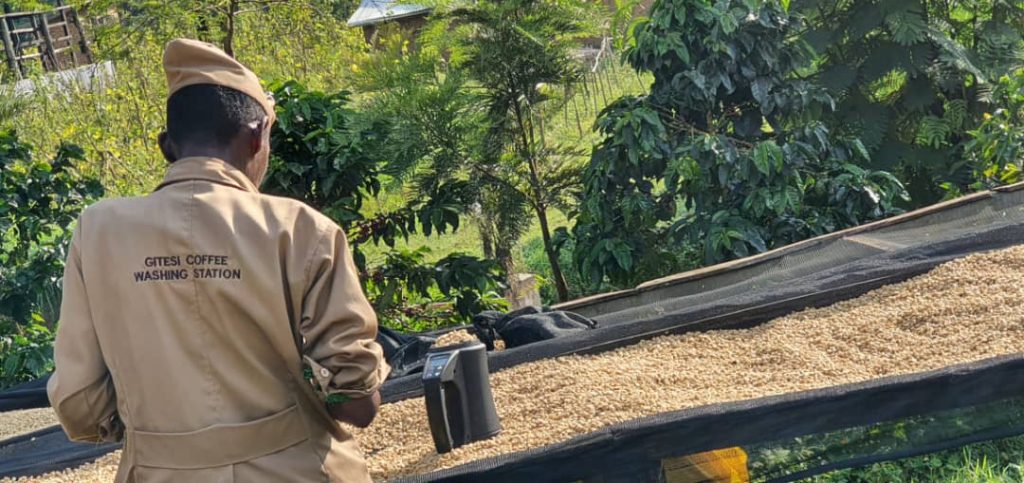
..more natural production!
Despite knowing that demand for naturals is growing, especially in Rwanda’s case, we haven’t met that demand for years. I reached out to Mahembe to produce their first naturals alongside the ones we started producing from Gitesi last year. RTC has been great at supervising the process and helped educate how to prepare natural and also sent over their head agronomist from Kenya to check up.
Last year we had some moisture issues. These addressed by getting a new “more hardcore” huller and are now all within our preferred range. Overall it’s been a tough harvest year for the farmers once again, with all things covid not helping very much.
The tiny harvest made it hard balancing my demand of washed vs naturals. But I DEFINITELY didn’t want our natural demand to chip away at the volume of cherry we had available to produce the washed lots. Yes… they’re a bit harder to sell because of lower demand but damn! Those coffees are incredible and so complex. They have battled their way up to secure a place among our coffees and, with incredible consistency, it will be for years to come.
Nonetheless, we were able to secure 2 full containers of incredibly diverse Rwandan profiles with the 2nd container more focussed on naturals. I’m super excited to get them to the roasteries around the globe. It’s truly a pleasure tasting the finished roasts and thinking back at how they started in the early crop and tasting super fresh. I’m always amazed by what you roasters manage to pull out of it.
Part of them are some new stations that showed a lot of promise and that we’re piloting this year across the Western (where originally we sourced everything from), Eastern- and Southern provinces. I think you’ll like them too!
Naming concept
Over the years we’ve had some internal discussions about what to do with the names. As “Mahembe #1, Mahembe #2, Mahembe #3.. #4, #5, #6, #9, #21, #22, #23, #67 – ok, ok… I think you get it – just didn’t seem to cut it anymore. In some origins it’s easy; we either already work or grow towards separating the lots into specific farmers. But in Rwanda it’s a lot harder considering the number of farmers contributing to one single lot.
I simplified things and, with respect to the beautiful Kinyarwanda language, you will see these new names appearing on our offer list:
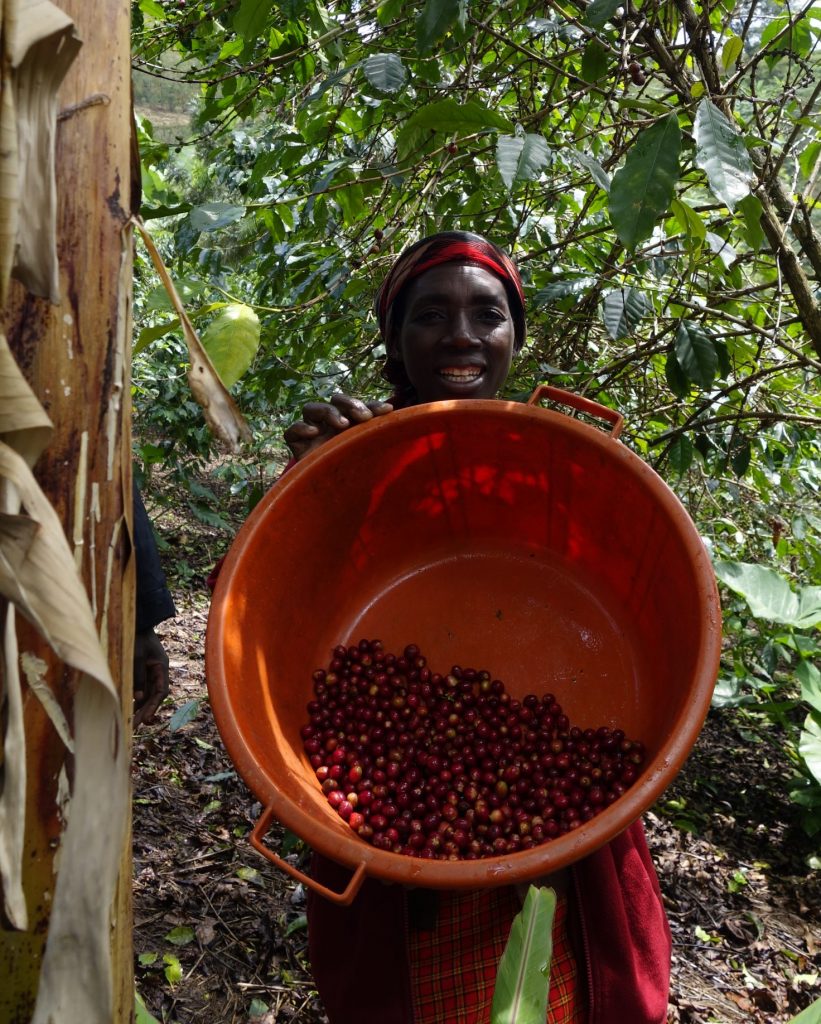
Muama
Mu- -ama abbreviation of Mugire amahoro meaning Go in peace – which has quite a bit of depth to it due to Rwanda’s history. It also sounds like Mama – mother. “Go in peace, as in a peaceful washed flavour profile, soothing soft cup notes of berries or florals”.
Imbuto
Kinyarwanda for “fruit”, as in the cherry/fruit of the coffee. A reference to the coffees (naturals/honeys) being dried with either the complete cherry intact or most mucilage/fruit still on – also referring to the intense fruit notes and aromas that are infused into the final cup with this process.
Ie; Mahembe Muama… Gitesi Imbuto..
That’s it for the Rwanda update for this time! If you feel like you’ve missed something or are just curious for more, send whatever pops in your mind to your friendly neighborhood spider-man sales rep to find out more and if there are any coffees left for you to grab.
Have a beautiful day,
Jamie
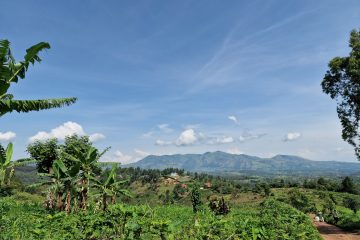
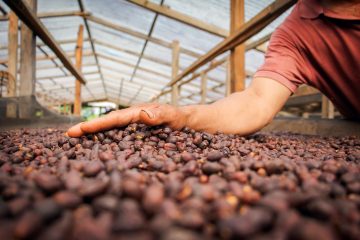
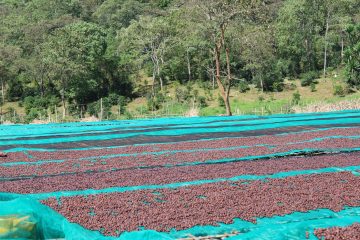
0 Comments